Full Belly Files | Considering Our Crazy Candy Culture
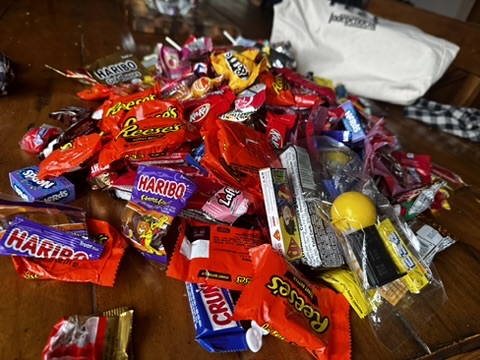
This edition of Full Belly Files was originally emailed to subscribers on January 26, 2024. To receive Matt Kettmann’s food newsletter in your inbox each Friday, sign up at independent.com/newsletters.
I’ve always enjoyed candy, leaning more toward the fruity and tart stuff than the rich chocolate side of the scale, though I don’t discriminate much. You’ll just as easily spot me buying a bag of Sour Skittles or the latest Haribo Goldbears flavor in some random gas station as you will see me indulging in the latest truffle by Twenty-Four Blackbirds or exotic bar imported by Chocolate Maya in downtown Santa Barbara.
As a kid, candy was more of a special treat, readily available around holidays like Halloween, Christmas, Valentine’s Day, and especially Easter, when, as the oldest cousin of many, I always hauled in the most plastic eggs at my aunt and uncle’s farm outside of Yuba City. Beyond the holidays, candy usually showed up on sporadic occasions such as going to the movies and amusement parks. And I can’t forget our summer weeks at Capitola Beach, where we’d hit up the Chocolate Bar as often as our stubbed, sandy toes could make the two-block walk. It wasn’t, as far as I can remember, an ubiquitous part of life, save for maybe a few M&Ms sprinkled here and there on otherwise regular weeknights.
There was a slowing of sugary indulgences during my college and early career years, when alcohol must have been doing its part to scratch that carb itch. But my candy consumption did kick into higher gear with the coming of our children, whose births in 2009 and 2012 seemed to coincide with the latest boom in American candy culture. By the time they were in elementary school, candy was creeping into all aspects of our lives, with gummy, usually sour everythings showing up at a more nightly clip. That’s stayed the same as they enter junior high and high school, even as the looming threat of pimples-caused-by-candy rises. (I have no idea if that’s even true.)
I’m far from the first person to notice this rise and to wonder what’s happening. Back in 2022, Megan K. Stack wrote this 2022 “Lost in Candyland” essay in the New York Times, based on coming back into this “candyland” with young kids after some time abroad. Her insightful theories about the ongoing sugar rush mirror many of personal experiences. The COVID pandemic, she writes, added fuel to the fire, giving a sweet, comparably safe salve to stressful times.
In fact, the candy industry itself touts the COVID connections, and even doubles down on the continued rise of candy sales during the ensuing, and ongoing, years of inflation and market confusion. “During this economic uncertainty, consumers are looking for small ways to bring a little sweetness to their lives and the lives of those around them,” reported this article written by the National Confectioners Association. “As a transparent, trusted, and affordable treat, chocolate and candy can fill this unique need.” The article explained that chocolate and candy sales hit $42.6 billion in 2022 — an 11 percent jump over 2021, which was a 22 percent jump over 2019 — and are expected to exceed $54 billion by 2027.
Candy purchases for Halloween alone hit a record $12.2 billion last October, according to this U.S.A. Today article, and the market appears to be inflation-resilient. Those records were recorded during a time when candy prices experienced 7.5 percent inflation, according to this Nerdwallet report, whereas other grocery goods went up just 3.7 percent. And for those that believe in polling, there’s a ton of opinions to dive into in this article, including why Americans eat more candy now than they did when kids. And here’s some more polling intel from Big Candy itself.
This is not the United States’ first candy craze. Back in 1993, even with everyone hooked on the latest health fad and exercise regime, candy sales also boomed. “Statistics released last week by the National Confectioners Association show candy consumption in 1992 surpassed the record set nearly 50 years ago of 20.5 pounds per person,” reported this Washington Post article. “The association says that last year Americans wolfed down 20.6 to 20.8 pounds of candy each…. Measured in candy bars, that’s enough for all 258 million Americans to eat a Snickers a day, every day of the year.”
Of course, this candy boom is problematic when it comes to obesity, diabetes, and all of those other American maladies that we are steadily exporting to other countries. Thankfully, my kids appear to be healthy enough, so we only do so much to cut down on their candy cravings, as long as it stays at a reasonable level. We did recently purge the insane amount of Halloween candy that was still piled up in the pantry, some of it likely dating back to 2022 or, very possibly, much earlier. Vintage Reese’s Peanut Butter Cups, anyone?
To us, “reasonable” generally equates to some gummy worms or bears or whatever shape is on hand post-dinner. That’s more frequently than I remember eating candy as a kid, but not so indulgent as it could be, given how much candy is everywhere. But I also know that candy shows up during school, after school, at parties, and while on road trips, when I tend to consume a lot myself. I guess we’ll just hope that our consistent messaging — “Don’t eat too much, you’ll get sick” — somehow sticks.
As for myself, reaching that age where metabolism starts to slow and concerns about longevity become omnipresent, I’m making somewhat of an effort to cut back on the candy, as I felt like I was chowing down gummies almost every night last year. I’m already aware of the pressures that my work-related dives into rich food and wine put on my body, so cutting down on so much candy feels like an easy tradeoff as I get older. I’m sure my dentist would approve too.
But if I ever ask you to pass me that new flavor of Mini Starburst Sour Gummies, don’t hold out on me. I’ll be fine, because eating too much candy sits pretty low on the list of things to worry about these days.
Green Grape a k a Shine Muscat Candies
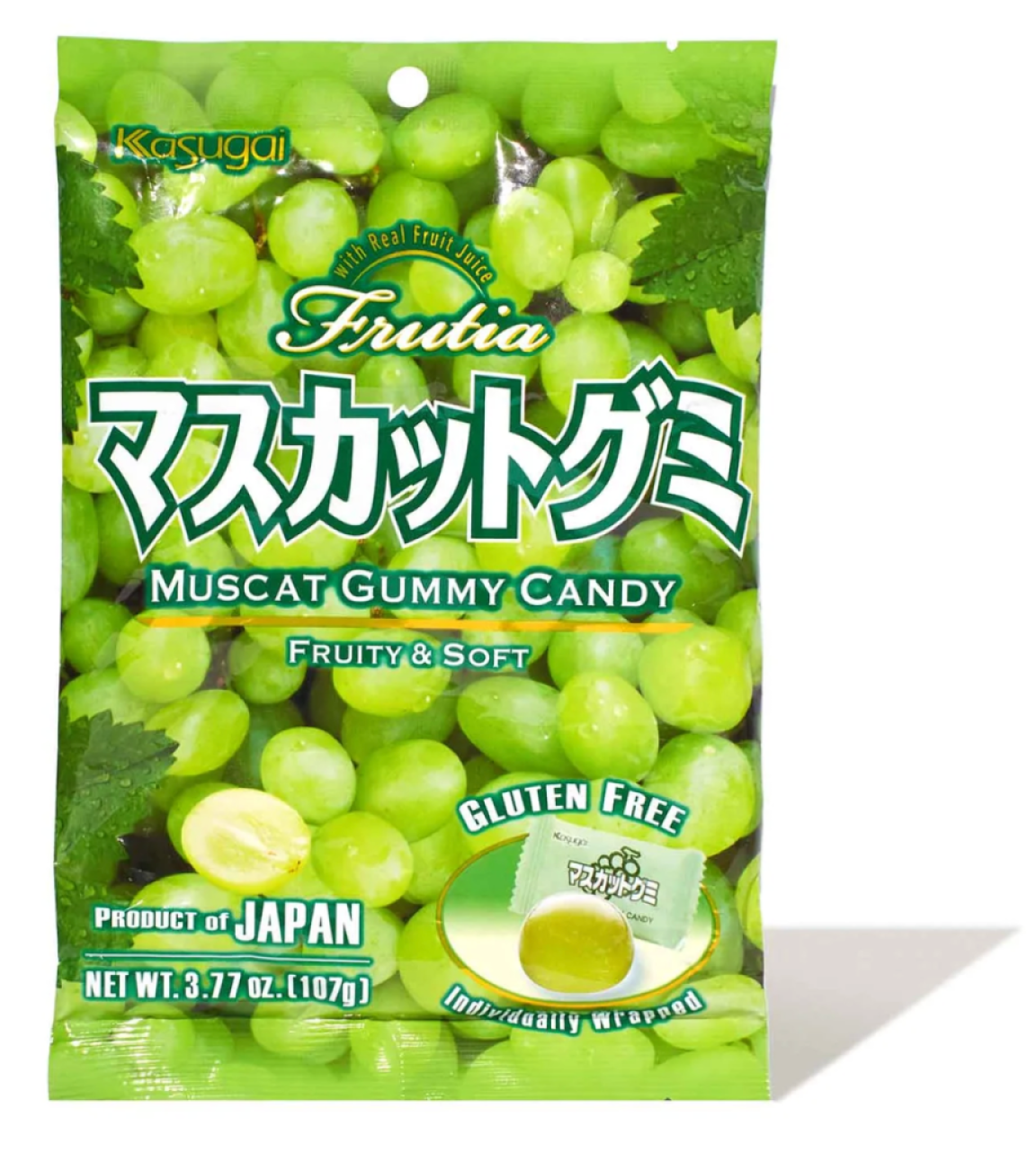
To give you an idea of how sporadically this newsletter comes together some weeks, I only wrote the preceding lengthy ponderance on how my family is dealing with the greater candy culture because I wanted to write a short thing about a specific candy experience.
One day, when my son and I were eating some purple grape candy — probably Jolly Ranchers, but could have been Sour Skittles or some other chewy thing — we wondered aloud why there were not any candies based on green grapes. I figured it was because green grape flavors are similar to other green fruits, like green apple, melon, and lime, so that it hadn’t been worth it to carve out that niche.
But this is a big world, so someone must have, right? I did a bit of research and found that, indeed, there are green grape candies made in Asia, where candy culture is also booming, perhaps even more so than the United States.
So I headed down to Choi’s Oriental Market at Hollister and Patterson — which is also home to the best hot Korean food around, cooked up fresh in the back each day by the owners — and found, right by the cash register, an assortment of green-grape-flavored candies. I bought two versions: this hard candy made by the Korean company Haitai and then this gummy candy made by the Japanese company Kasugai.
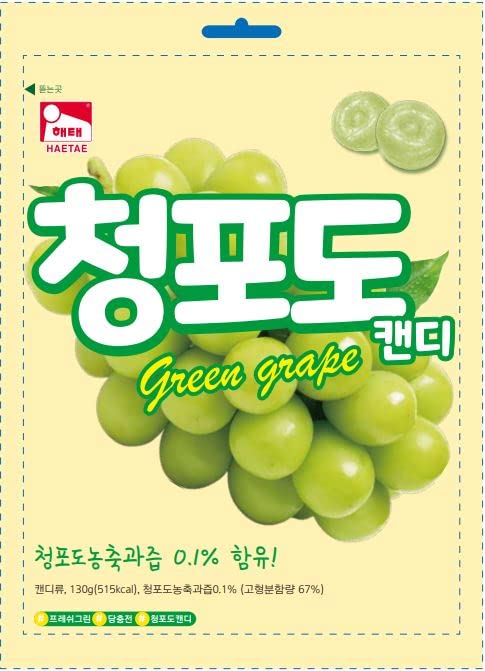
We liked them both, although there were similarities with apple and green melon candy flavors. The more interesting part is how many different flavors, and distinctive expressions of flavor, that Asian candy makers are pursuing. Check out Choi’s or Nikka Japanese Market or any of the Asian markets around town, and be amazed at the new twists on sweets that can be found on those shelves.
What I didn’t realize until later was that our relatively blind foray into green grape candies was actually a taste of a different trend I had no idea about: the Shine Muscat grape, which is considered a delicacy in Korea, China, and Japan, costing as much as $73 a bunch in the latter country, according to this Tasting Table article. Tasting the candies again, I did pick up more of that muscat flavor I know from wine, which tends toward an orange flower blossom kick.
I haven’t found these Shine Muscats yet, but I’m now on the hunt. In the meantime, I’ll just be satisfied that I only paid candy prices for a taste of this emerging fruit phenomenon.
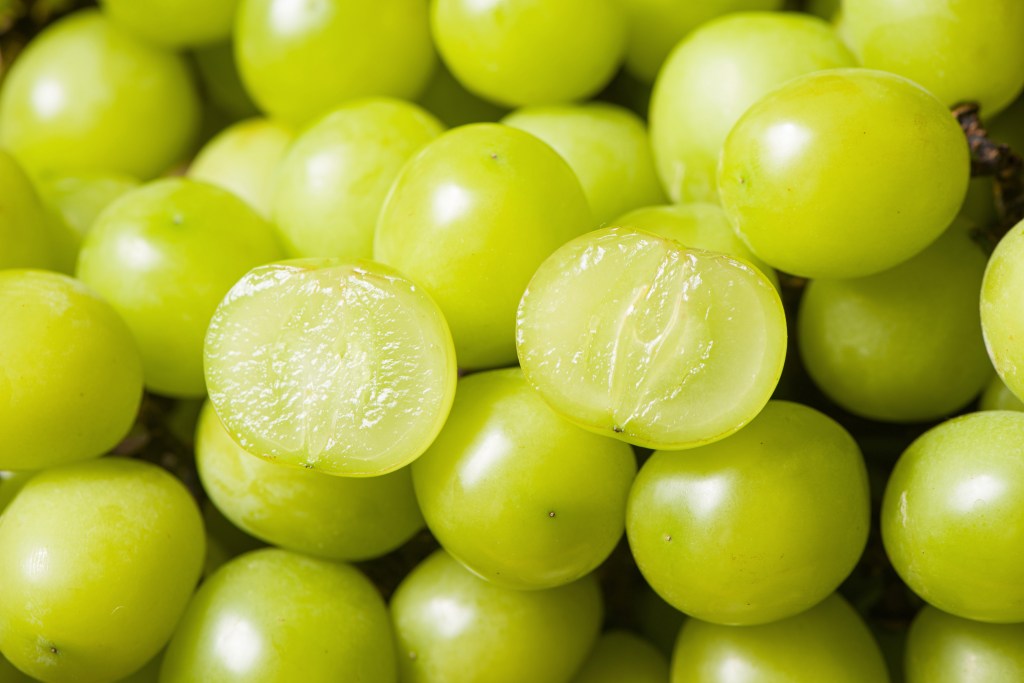
Talking Writing, Speaking, Paso Robles, and More
In last week’s Full Belly Files, I mentioned that radio show host and podcast producer Adam Montiel joined me at the 10-year vertical tasting of Daou Vineyards’ Soul of a Lion bottling. We’d been hanging out earlier that day to record the latest episode of his Where Wine Takes You podcast, which Montiel hosts and produces for the Paso Robles Wine Country organization.
For our episode, which they christened “Industry Icons Toast to Paso’s Magic,” Montiel led a lively, at times poignant, and thoroughly honest conversation between me, the renowned wine scribe and speaker Elaine Chukan Brown, and superstar Hawaiian sommelier Chuck Furuya. We talked about Paso, of course, but also our writing process, how we approach public speaking events, and a whole lot more. It was fun to do, and I think it will be an enlightening piece of media for future generations of wine writers, critics, and sommeliers.
Check it out here.
From Our Table
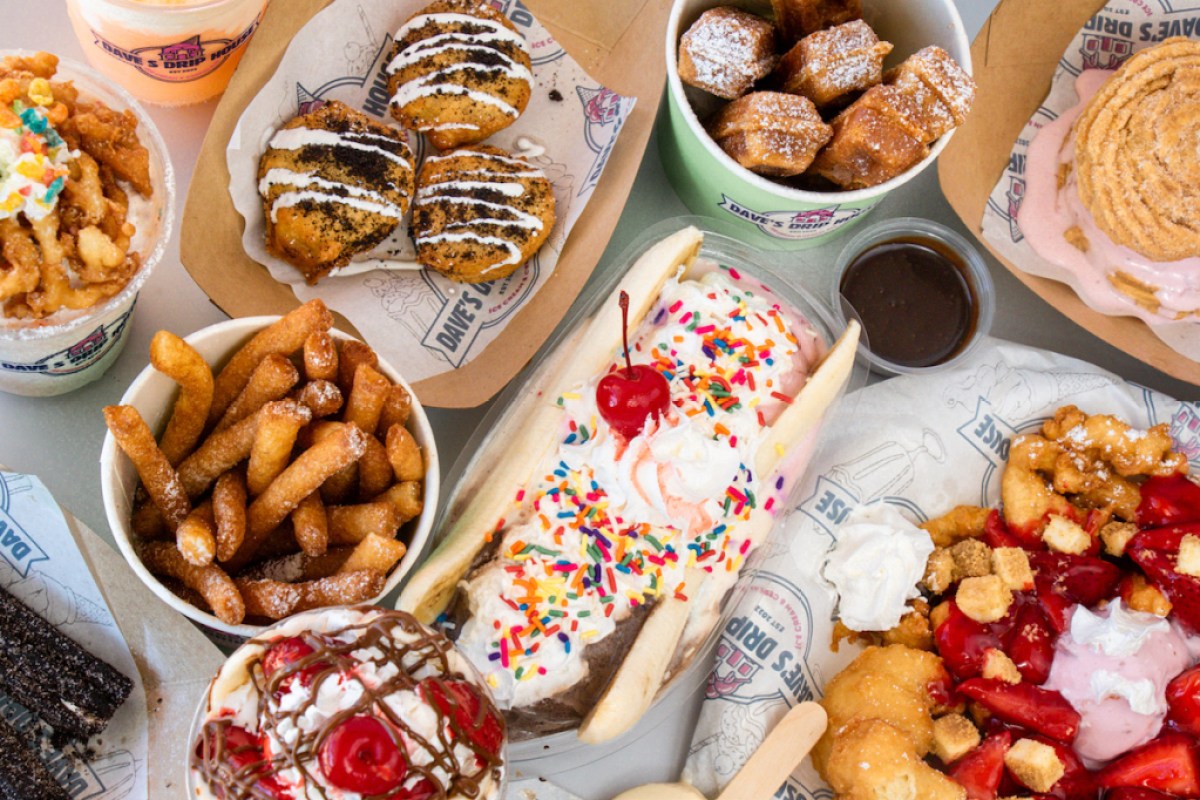
Here are some stories you may have missed:
- George Yatchisin checks out the new Azul Cocina on Anapamu Street.
- Sean Magruder heads to Dave’s Drip House to check out the hot dog king’s dessert offerings.
- Chloe Shanfeld reports on college town awards for Isla Vista eateries.
- Leslie Dinaberg previews Fess Parker Winery’s upcoming bottle bash.
- I report on the opening of High Seas’ tasting room down on Powers Avenue.
Premier Events
Sun, Apr 28
6:00 PM
Santa Barbara
AHA! Presents: Sing It Out!
Thu, May 02
5:00 PM
Santa Barbara
Things with Wings at Art & Soul
Sat, May 04
10:00 AM
Lompoc
RocketTown Comic Con 2024
Sun, Apr 28
11:00 AM
Santa Barbara
Santa Barbara Earth Day Festival 2024
Wed, May 01
7:30 PM
Santa Barbara
American Theatre Guild Presents “Come From Away”
Thu, May 02
5:00 PM
Santa Barbara
100th Birthday Tribute for James Galanos
Thu, May 02
5:00 PM
Santa Barbara
Meet the Creator of The Caregiver Oracle Deck
Fri, May 03
4:00 PM
Santa Barbara
Santa Barbara Fair+Expo “Double Thrill Double Fun”
Fri, May 03
8:00 PM
Santa barbara
Performance by Marca MP
Sat, May 04
10:00 AM
Solvang
Touch A Truck
Sat, May 04
11:00 AM
Santa Barbara
Mental Wellness Center’s 28th Annual Arts Faire
Sat, May 04
11:00 AM
Santa Barbara
Community History Day
Sat, May 04
3:00 PM
Solvang
The SYV Chorale Presents Disney Magic Concert
Sun, Apr 28 6:00 PM
Santa Barbara
AHA! Presents: Sing It Out!
Thu, May 02 5:00 PM
Santa Barbara
Things with Wings at Art & Soul
Sat, May 04 10:00 AM
Lompoc
RocketTown Comic Con 2024
Sun, Apr 28 11:00 AM
Santa Barbara
Santa Barbara Earth Day Festival 2024
Wed, May 01 7:30 PM
Santa Barbara
American Theatre Guild Presents “Come From Away”
Thu, May 02 5:00 PM
Santa Barbara
100th Birthday Tribute for James Galanos
Thu, May 02 5:00 PM
Santa Barbara
Meet the Creator of The Caregiver Oracle Deck
Fri, May 03 4:00 PM
Santa Barbara
Santa Barbara Fair+Expo “Double Thrill Double Fun”
Fri, May 03 8:00 PM
Santa barbara
Performance by Marca MP
Sat, May 04 10:00 AM
Solvang
Touch A Truck
Sat, May 04 11:00 AM
Santa Barbara
Mental Wellness Center’s 28th Annual Arts Faire
Sat, May 04 11:00 AM
Santa Barbara
Community History Day
Sat, May 04 3:00 PM
Solvang

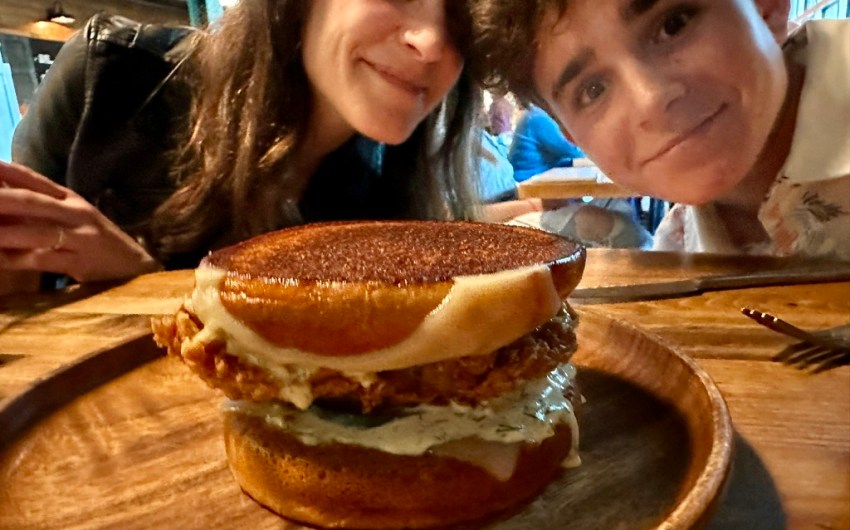
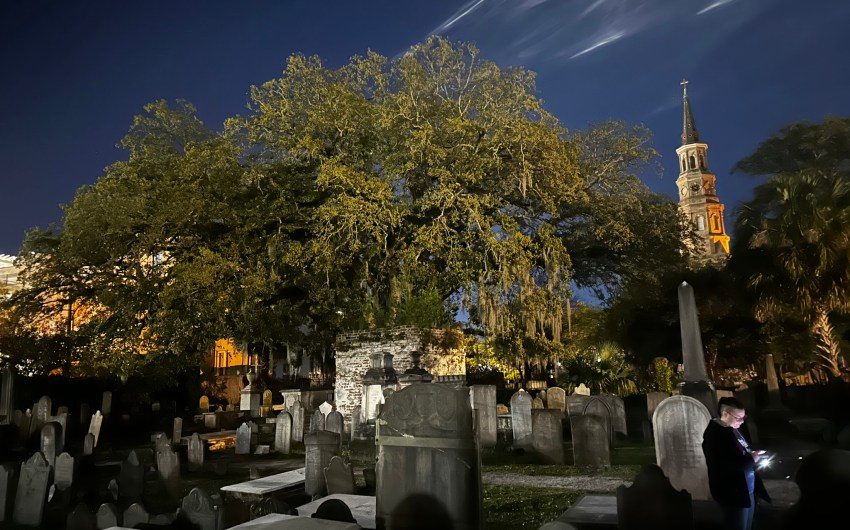






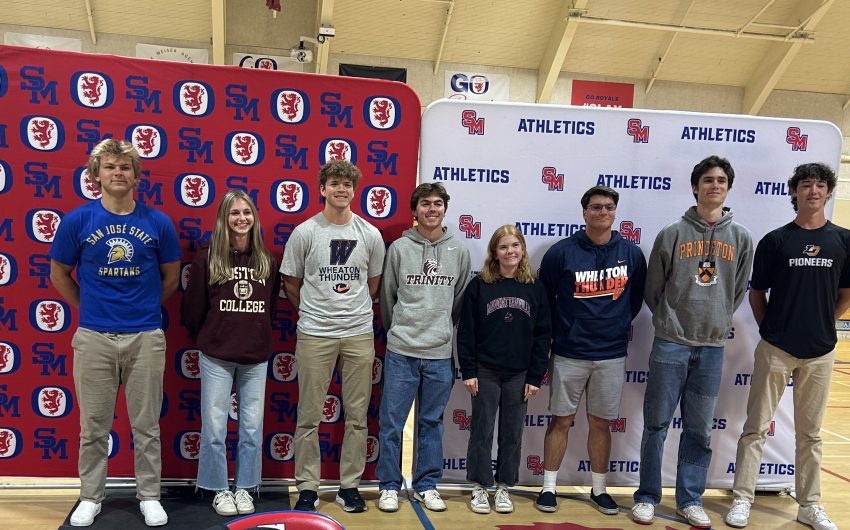
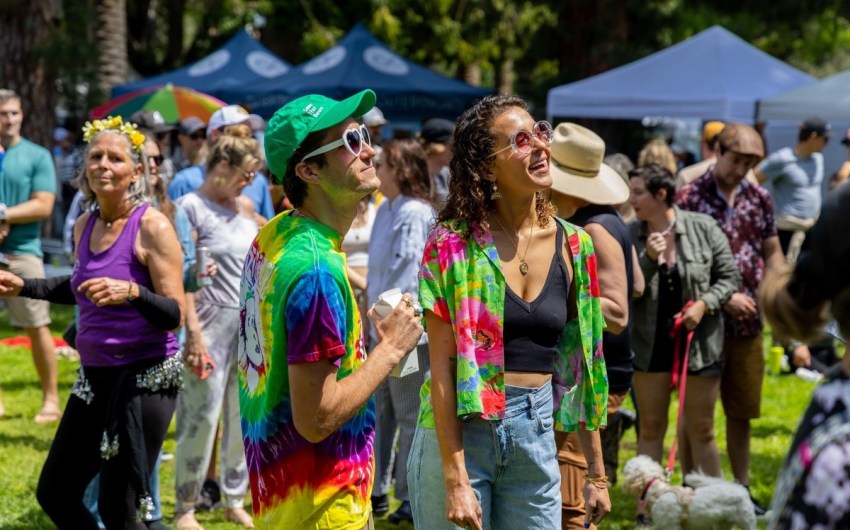
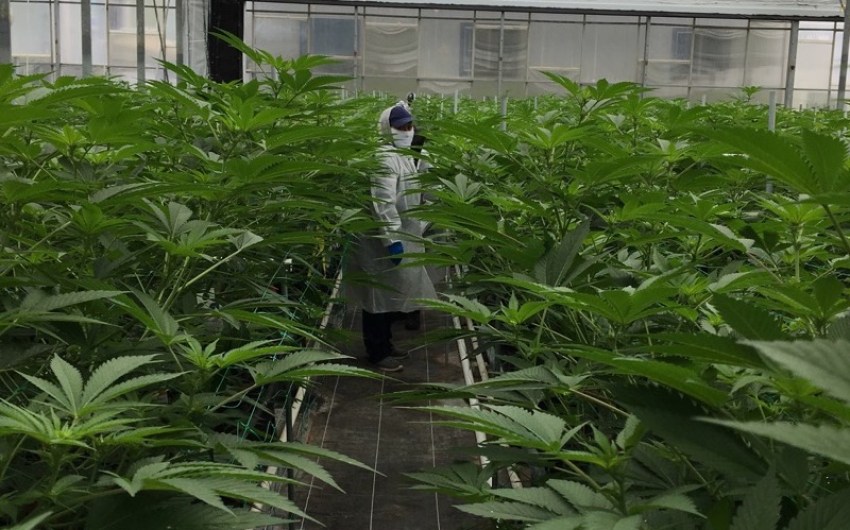











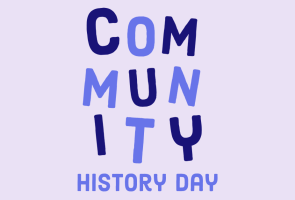

You must be logged in to post a comment.